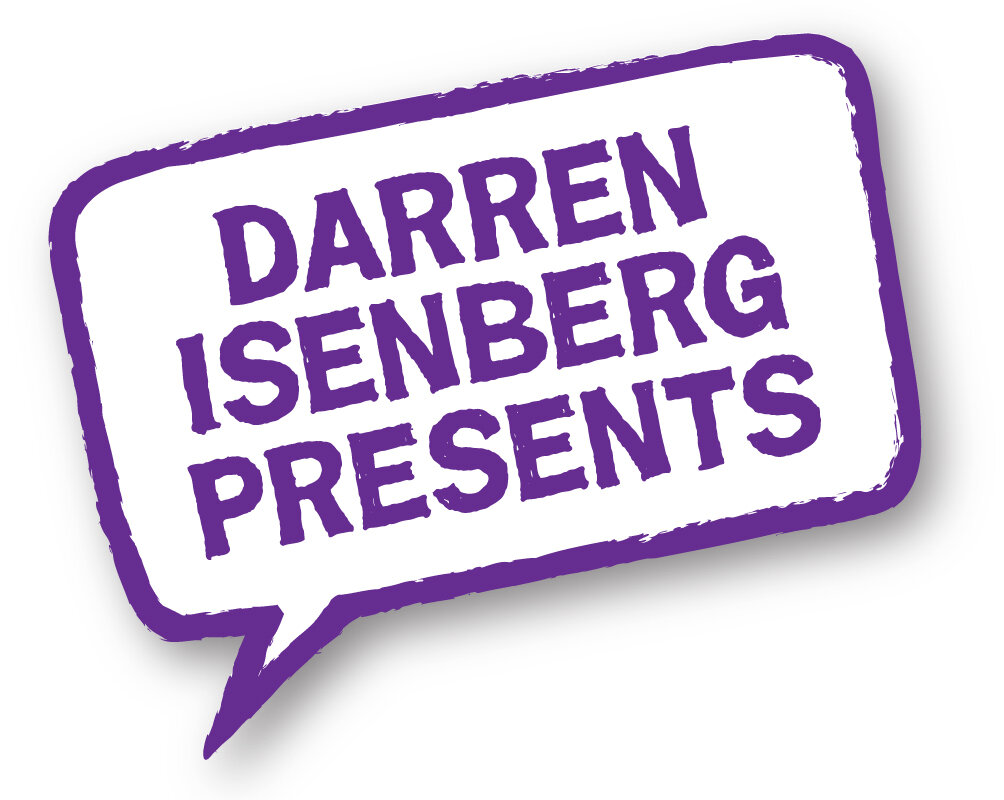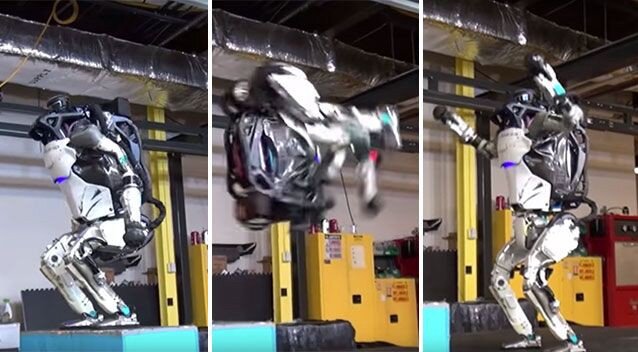The first two to three minutes of ANY presentation are crucial, but at a virtual event they are even more critical.
This is because, at a live conference you may have some or all of the following advantages:
a) Your audience is in an unfamiliar (and therefore more mentally-stimulating) environment
b) Sitting in a conference room makes people mentally prepared to listen and learn
c) Conference audiences view speakers with a great deal of patience and sympathy, as they know (in the main) they would not want to swap places
d) The ten seconds before you begin your presentation the room fills with applause, laughter and maybe even music, creating a mood in which people are more predisposed to enjoying themselves
In a virtual conference, unless they are using a skilled Master of Ceremonies, it is unlikely that anything close to that sort of atmosphere can be created.
If anything, when people see your face on the screen, they don’t have the same level of sympathy that they do for someone climbing a stage and heading to a lectern.
For all intents and purposes, your audience is in TV-Watching Mode … a situation in which they are used to being entertained and engaged … and have breaks every ten or so minutes.
So their default setting is to have rather high expectations.
So, to ensure a virtual audience wants to listen to you, you need to ensure you’ve given them evidence of these two things in your opening minutes:
i) YOU KNOW SOMETHING THEY WILL WANT TO KNOW
ii) YOU WILL BE SOMEWHAT INTERESTING TO LISTEN TO
So, let’s look at how we can accomplish each of these goals.
i) YOU KNOW SOMETHING THEY WILL WANT TO KNOW
I know your presentation title may give an indication of what you will be covering.
The bio you sent through for the on-line conference brochure might also mention your topic.
There might even be an MC who sets the scene for your presentation with a bundle of skilfully sculpted sentences.
All of those are nice, but the one thing they lack is, they are not being delivered to the audience BY you.
There is little that is more compelling than hearing a speaker say:
“By the end of my time with you, you will know the answer to How To Use LinkedIn as a Sales Tool”, or
“In 40 minutes’ time, you will know FIVE REALLY HELPFUL NEW PIECES OF INFORMATION about Compliance”.
So make it clear at the start in what ways the audience will be better off from having listened to you.
For example, if you are a CEO delivering the annual results to your management team, don’t just say, “This information is important for you to know to keep you in the picture”.
Instead say, “By the end of my update you will each have the information you need to make the greatest contribution possible to the future of our organisation. I’m really looking forward to sharing this with you.”
This really connects your presentation to a desired outcome in your audience’s mind. That helps make you compelling, no matter what your topic.
ii) YOU WILL BE SOMEWHAT INTERESTING TO LISTEN TO
This does NOT mean you need to “put on a show” or be an exuberant TV-style talk-show host. You need, more than anything, to be you.
But you need to show your audience that, REGARDLESS OF YOUR TOPIC, you will be interesting to listen to. This could involve any or all of the following tactics:
Starting with a ‘DIS’
Starting With Humour
Starting with Audience Interaction:
a) Starting with a ‘DIS’
This is using a thought-provoking question or a confronting comment that leads to your audience feeling one or more of the following:
DISagreement
DISbelief
DISpute
DISapproval
DISmay
DISturbed
DIStressed, or
DISarmed
If you can achieve that, then they’re not going to be thinking, “I’ve heard all this before”.
For example, what do you think would happen if you began a presentation to a group of financial advisors with the words: “I don’t like money”?
If you pause for a moment (to allow people to digest a very unexpected collection of words) I guarantee EVERYONE is going to want to know what you say next.
Isn’t that how you want your audience to be feeling?
By the way, have you thought of what you might say next? Here’s some tips (which may help you work out the right words to say no matter what your topic is):
It could be something as simple as:
“Don’t get me wrong. I like HAVING money. I just don’t LIKE money, itself”
“I like OTHER people’s money”
Or
“Money, that is, that is lazy and NOT working hard for its owner”
You could even go on and point out how money is difficult and stressful to deal with … how it makes some people behave irrationally (and so on) … before, right at the end saying, “These are the reasons that I don’t like money. I LOOOVE it!”
b) Starting with Humour
Laughter is the fastest way to connect with someone, and to make them interested in what you’re going to say next. It is also the most effective way to grab attention.
But some people are hesitant to use humour because they don’t think they’re funny. Or they’re worried that it could backfire. Or they don’t think it is appropriate with certain audiences.
Let me address each of those concerns briefly:
1. SOME PEOPLE ARE HESITANT TO USE HUMOUR BECAUSE THEY DON’T THINK THEY’RE FUNNY
These are the people for whom humour works the best. It is the serious person who unexpectedly says something even mildly funny that gets the biggest laugh.
2. SOME PEOPLE ARE WORRIED THAT HUMOUR COULD BACKFIRE
Yes, humour has risks. So does business. So does leaving the front door of your home. The key is to minimise the risk.
So, if you’re not good at telling jokes, here’s a tip. Don’t.
But EVEN IF you have a reputation for being surly, grumpy, difficult or serious … in fact, ESPECIALLY if you have that reputation … you can still use humour in a gentle and highly-effective way. Here’s an example:
“To be honest, I was REALLY struggling to figure out how to begin my presentation to you today. So, I went for a walk through the local park to clear my mind, as you do, and I was watching a couple of kids playing with a frisbee … and then it hit me.
So, after yelling at them I realised I should start by telling a completely made up story”.
And if you REALLY want to impress the audience, add this:
“[Holding a frisbee up] And I kept their stupid frisbee”
3. SOME PEOPLE THINK HUMOUR ISN’T APPROPRIATE WITH CERTAIN AUDIENCES.
Unfortunately, they’re right. However, they’re much LESS right than they think they are. Most of the instances in which humour fails, it is not the audience that isn’t appropriate. It’s the humour.
If you name any event or audience that you think humour would not work for, I could promise you in almost every case that it would.
So, for groups that are stereotypically conservative (like accountants)? They LOVE gentle humour. They’re SO not expecting it (and they really enjoy being treated like people with emotions for a change!).
For conferences in industries that deal with serious issues (like the funeral industry, work safety)? The content of their presentations is SO heavy and SO serious that a little SUITABLE humour is a welcome relief.
It becomes a much-appreciated injection of warmth and colour. A breath of fresh air.
Sometimes, what matters isn’t so much whether you get a laugh or not. It’s that the audience is now expecting unexpected things … which really keeps them listening.
So, there’s no need to be a stand-up comedian. But a little wit or word play can go a long way to KEEPING PEOPLE LISTENING.
c) Starting with Audience Interaction:
The third possible way of engaging your audience at the start of your presentation is to do something that gets them involved.
It may be to get them to stand. Or to face away from the screen. Or select an item from their desk that best represents their mood at the moment. Or to draw a picture that represents the topic you’ll be discussing.
Or you may ask a question that requires a hands up response. Or a thumbs up/down response. Or a written response on the chat function.
It could be a question about the topic. About a current event. Or absolute trivia. Or it could be canvassing their opinion about something.
There are SO many simple ways of making people feel from the get-go that they are part of the presentation.
The advantage of using this strategy is that it makes people feel that they may be called upon at any time to get involved. As a result, they pay more attention.
By the way, if you’re talking to a small audience (one in which you can see everyone on your screen at the one time) check in with people every now and then (by asking individuals questions). That is the ULTIMATE way of keeping your audience on their toes.
SO, THE CONCLUSION ABOUT YOUR BEGINNING
Early engagement of your virtual audience makes a HUGE difference to how effective you can be as an online presenter. This is primarily because of the enormous difference between the dynamics of being in the same room as your audience (as at a live conference) and everyone being scattered around (as in an online event), often surrounded by many tempting distractions.
If you make sure you apply at least one of the above recommended strategies in the very early stages of your next presentation you will have:
- Formed a connection with your audience
- Created a compelling reason for them to stay attentive
Do something that connects with the emotions of your audience (whether it is laughter, anger, dissent, amazement, curiosity … it doesn’t matter which one).
Because, If your presentation doesn’t affect any of their emotions, it will struggle to affect any part of them at all.
DARREN ISENBERG IS ONE OF AUSTRALIA'S BEST-LOVED MC'S AND A SPEAKER ON POSITIVE INFLUENCE. CHECK OUT HIS WEBSITE AT www.dipresents.com.au






























